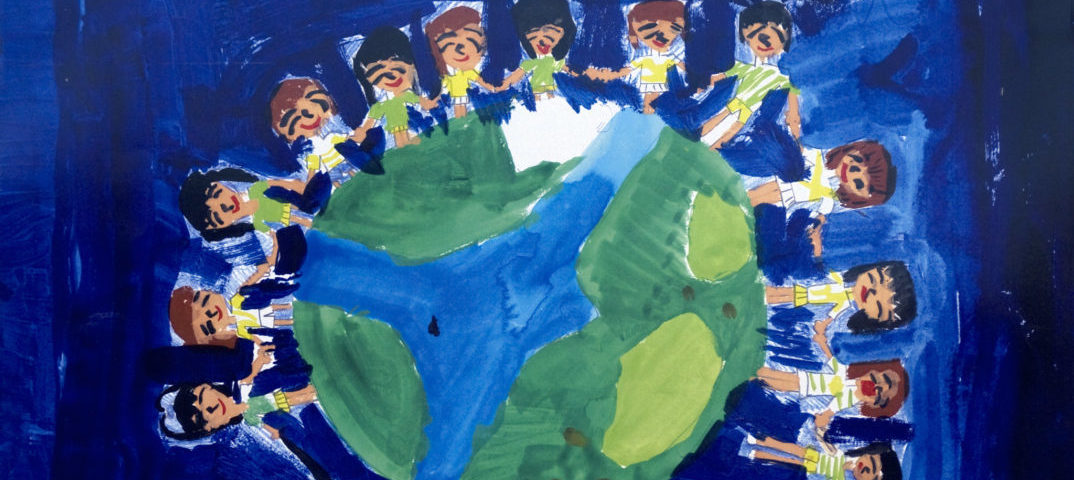
Out-of-School Time Programs Re-Boot
How do nonprofits renowned for quality programs in out-of-school time re-boot during a pandemic when all time has become out-of-school time? How should funders think about supporting these organizations so that they continue to reach students with programming and resources that may be critical to their learning, mental health, and well-being?
GMA recently shifted its usual NPO Conversation from conference-room lunch to a video conference with ten leaders of nonprofits that usually provide out-of-school time supports for youth across the Boston area. All are feeling the strain of extraordinary hardship, unpredictability, and concern for the future.
We asked participants to weigh in on our two opening questions. In reply, they consistently mentioned (1) adapting and expanding their services to respond to changed times, (2) developing new and deeper relationships within and across organizations, and (3) looking ahead, envisioning a different, more equitable future. Their focus should inspire all of the social sector.
Adapt to respond to changing times
Foundations and nonprofits alike are being encouraged to stay flexible and adaptable in this crisis. The nonprofit leaders we spoke with are seizing the moment to recalibrate and evaluate their programs – to meet their constituents’ changing needs and circumstances.
Though the demand for some out-of-school time programming has temporarily subsided, the call for basic needs and financial support has increased dramatically. Many organizations, adept at programming out-of-school time, are now also delivering groceries, preparing meals for families, and distributing cash to those families. With in-person programming shifting to virtual modes or postponed, staff are being redeployed to support these new and expanded efforts.
Changes in people’s schedules and in their availability have created an opportunity for expanding nonprofits’ deployment of volunteers. Volunteers trained for roles that are no longer possible are now able to help organizations that they are already passionate about in different ways. In particular, some organizations have asked volunteers to contact their legislators to encourage those policy makers to provide ongoing funding in the state’s annual budget. Others have begun to retrain their volunteers to work in a new, virtual environment for the foreseeable future.
Connect with students, families, staff, volunteers, others
In this time of potential isolation, leaders stressed the value of maintaining relationships with their staff, their students and families, and their peers at other nonprofits. Relationships are currency in so many ways. These organizations have the pulse on their communities’ needs. In uncharted waters, we trust that they know best how to serve the communities they’ve worked with for so long.
As a means of aligning their out-of-school time programs with the current needs of the youth and families they serve, many have conducted needs assessments and other surveys. The process is also a good way of simply connecting and staying in touch. At this stage of virtual school, students are eager for connection beyond Zoom.
Strong relationships and new modes of communication are also key to addressing the mental health and morale of staff, students, and families. Connections with other nonprofits may yield resources that can better meet their clients’ and their staff’s emerging needs. For example, an organization that provides mental health supports to youth is reaching beyond its current families to serve additional students, their families, and even their nonprofit peers. Concerned for their own staff’s morale and wellbeing, many organizations have adopted new approaches to internal communications, scheduling virtual open office hours to keep connected.
This public health and economic crisis is increasing the levels of trauma being experienced in these organizations’ communities. Leaders stressed the importance of maintaining frequent communications and health-conscious connections, and adapting current programming to mitigate the impacts of the COVID-19 pandemic.
Lead to a different future
Perhaps like all of us, our conversation participants see this time of upheaval as an opportunity to re-evaluate their programs and consider new avenues. They are considering the future and asking, “What will we say goodbye to? What will we say hello to?” They want to be strategic and implement adjustments that will position their organizations to be a part of establishing a new and better normal.
These experts in the field of out-of-school time are considering ways of increasing access to quality programming for all youth, for the long term. With organizations and academic institutions moving to virtual learning, students from across the state will now have the ability to access a larger variety of coursework from a breadth of high-quality institutions. Nonprofit leaders spoke of the promise of increased equity with expanded access to “schools without walls.”
How will the field capitalize on this time of change to establish an improved, post-COVID-19, normal for all students? These leaders are eager to change the current model for the better.
One participant in our conversation drew attention to her organization’s mission of “showing up at places where it is hard to show up to.” This should be our shared rallying cry. During this increasingly challenging crisis, we are called to go to the hardest places together, to adapt, connect, and lead.
—–
Danielle Belanger, a Program Officer at GMA, wrote this summary of her lunchtime conversation with leaders of these renowned Boston-area organizations. We have linked organization names to their websites with the hope that you will learn more about their work.
